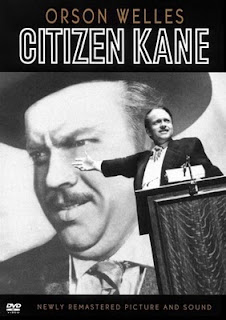
When asked to name an early invention of the greatest importance, people in my workshops seem most often to come up with the wheel. It seems to represent the mother and father of innovation in folk’s minds. Asked what they know about its development, there’s usually a longish silence.
Archaeologists tell us that the earliest evidence of the wheel is in Mesopotamia (the land between the rivers Tigris and Euphrates in what is roughly modern-day Iraq), some 5,500 years ago.
The problem that was solved by its invention was the need to move heavy loads without high levels of friction between the earth and the vehicle. (Sledges are only good for this purpose on ice or snow.)
The idea of using tree trunks as rollers had been in use since much earlier times. It seems likely that the use of two cross-sections of a tree, joined together by a pole (a primitive axle) would have been a first step, but it would have been discovered quite quickly that, with any substantial weight, the wheels would have split. So a long period of incremental innovation followed.
The spoked-wheel chariot used in warfare seems to have emerged in Syria early in the second millennium BC, arriving in China some 500 years later. In Egypt, the river Nile had always provided an important means of transport for the materials of the pyramids, and wheeled transport emerged there around 1,700BC.
Of course, we can only speculate on the process by which the wheel was invented. Was it one person's Eureka? Or several people in parallel? Was there a long period of trial and error? Did tribal elders support or oppose its development? Was it primarily driven by military needs?
At home, we recently discovered the frame of a nineteenth-century farm cart in the barn we are converting – unfortunately without its wheels. In many ways our cart is not so very different from wheeled vehicles that existed five millennia ago. It had been stored in the roof of the barn, I guess in the 1930s, when motorised vehicles arrived on the farm. Perhaps it was prudently saved against the day when it might be needed once again. We will be keeping it!
The first breakthrough technology. Unless you know otherwise, of course…











